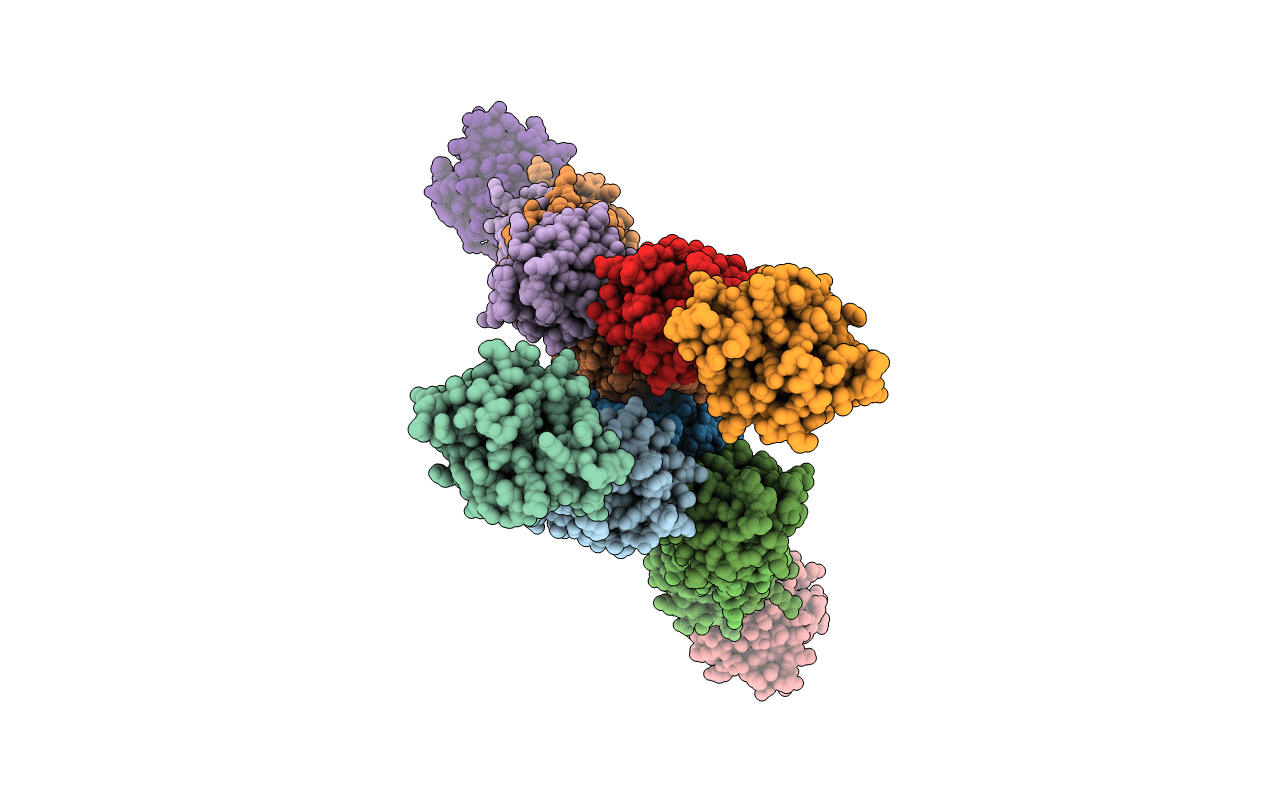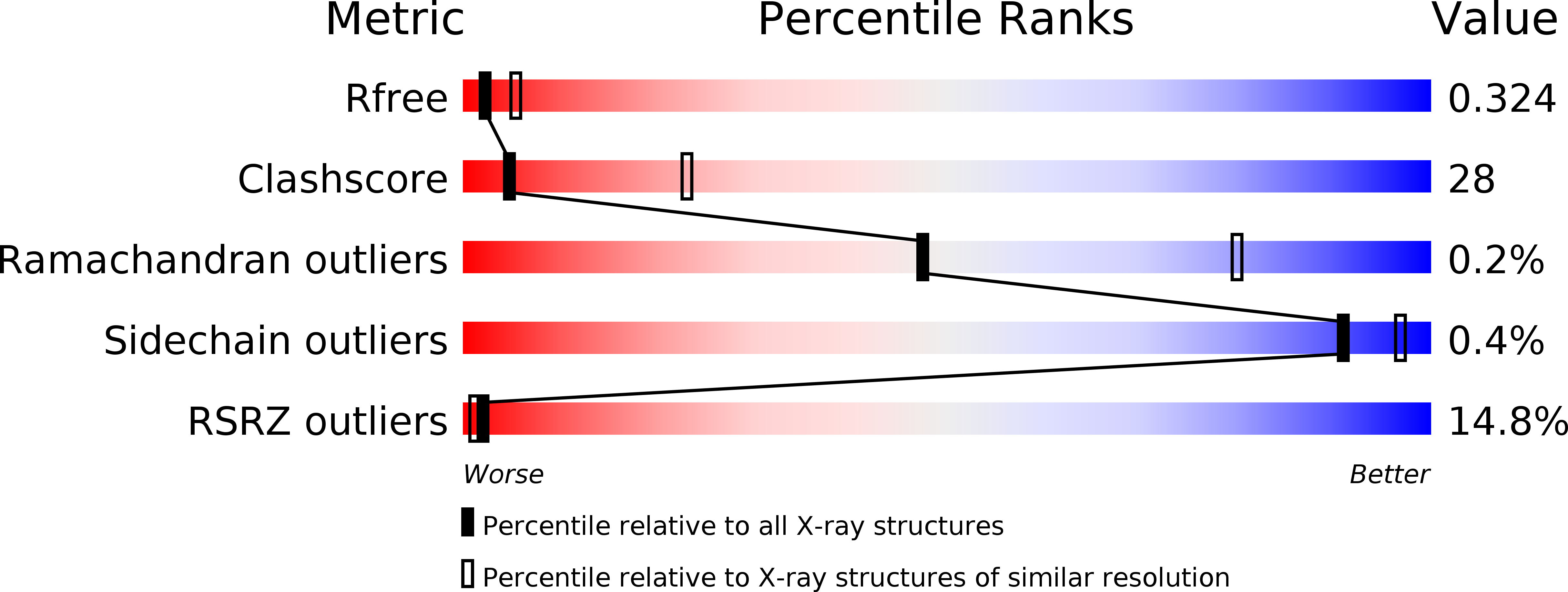
Deposition Date
2014-06-20
Release Date
2014-10-22
Last Version Date
2024-10-09
Entry Detail
PDB ID:
3WWK
Keywords:
Title:
Crystal structure of CLEC-2 in complex with rhodocytin
Biological Source:
Source Organism:
Homo sapiens (Taxon ID: 9606)
Calloselasma rhodostoma (Taxon ID: 8717)
Calloselasma rhodostoma (Taxon ID: 8717)
Host Organism:
Method Details:
Experimental Method:
Resolution:
2.98 Å
R-Value Free:
0.32
R-Value Work:
0.28
R-Value Observed:
0.28
Space Group:
C 1 2 1


